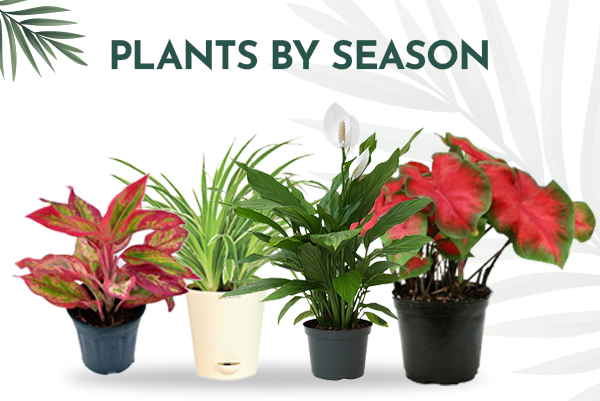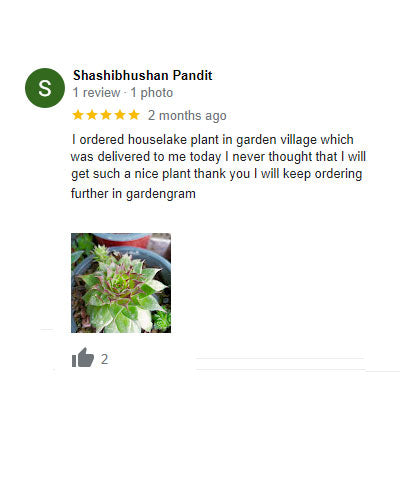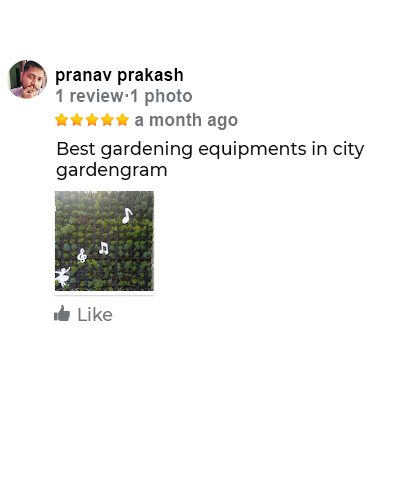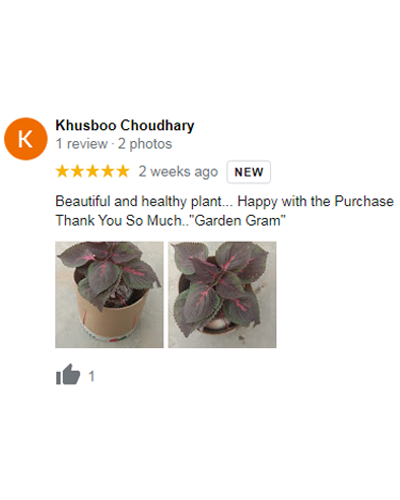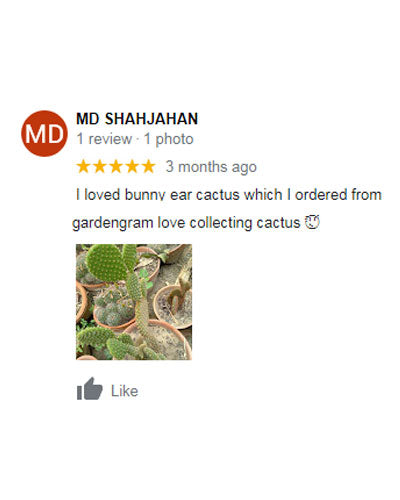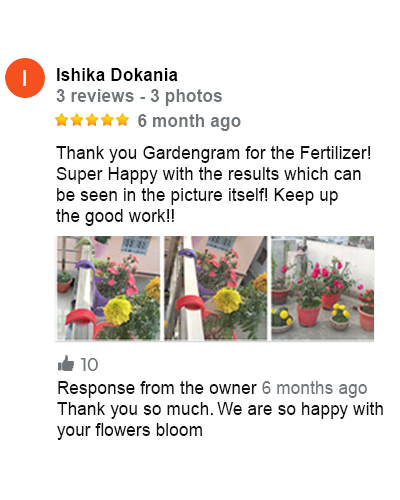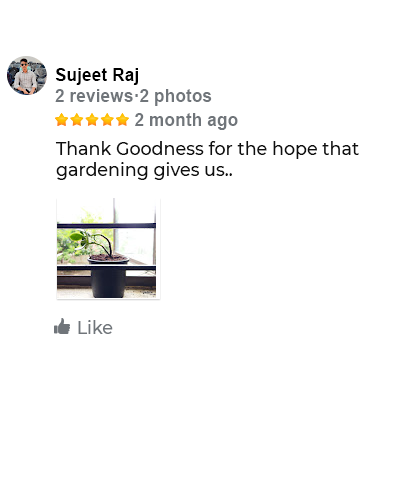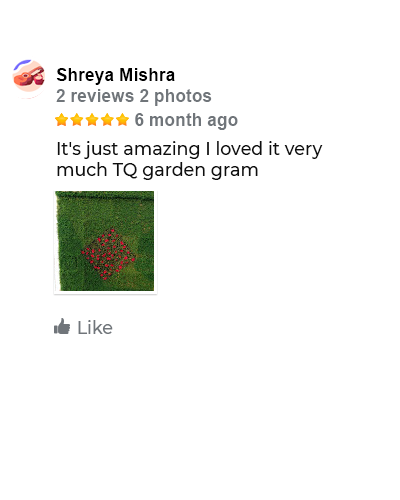Caring for Your Red Snake Plant: The Ultimate Guide
The Red Snake Plant, or Dracaena Angolensis, is a striking addition to any indoor garden. Its vibrant red-edged leaves and low maintenance needs make it a favourite among plant enthusiasts. This guide will help you understand everything you need to know about caring for your Red Snake Plant, ensuring it thrives in your home.
What is a Red Snake Plant?

The Red Snake Plant, commonly called Mother-in-law's Tongue, is a variety of the Sansevieria family. It is known for its hardy nature, slow growth, and unique appearance. This plant is not only aesthetically pleasing but also serves as an excellent air purifier, making it a perfect choice for enhancing indoor air quality.
Choosing the Right Spot

Light Requirements: The Red Snake Plant thrives in bright, indirect light. While it can tolerate low light conditions, it will grow more slowly and may lose some of its vibrant color. Place your plant near a window where it can receive plenty of indirect sunlight.
Temperature: This plant prefers room temperature, ideally between 60-75°F (16-24°C). It can tolerate occasional temperature drops but should be kept away from drafts and sudden temperature changes.
Potting and Soil Requirements
Pot Selection: Choose a pot with drainage holes to prevent water from accumulating at the bottom, which can lead to root rot. A ceramic or terracotta pot is ideal as it allows excess moisture to evaporate.
Soil Mix: Use a well-draining potting mix. A combination of potting soil, sand, and perlite or pumice is perfect. This mix ensures good drainage and prevents the soil from becoming waterlogged.
Watering Your Red Snake Plant

Frequency: One of the reasons the Red Snake Plant is so popular is its minimal watering needs. Water the plant thoroughly once a month, allowing the soil to dry out completely between waterings. Overwatering can lead to root rot, so it's better to underwater than overwater.
Water Quality: Use room temperature water and avoid using water that has been treated with a water softener, as the salts can accumulate in the soil and harm the plant.
Fertilizing and Growth

Fertilizing: During the growing season (spring and summer), feed your Red Snake Plant with a balanced, water-soluble fertilizer diluted to half strength once a month. Reduce feeding during the fall and winter months when the plant's growth slows down.
Growth Rate: The Red Snake Plant is a slow-growing plant, so be patient. Its slow growth means it doesn't need frequent repotting and can thrive in the same pot for several years.
Pruning and Maintenance

Pruning: Prune away any damaged or yellowing leaves to keep your plant looking its best. Use clean, sharp scissors to make a clean cut at the base of the leaf.
Pest Control: Keep an eye out for common pests such as spider mites and mealybugs. Use Neem oil or insecticidal soap to treat infestations. Regularly wiping the leaves with a damp cloth can also help prevent pest problems.
Benefits of the Red Snake Plant
Air Purification: The Red Snake Plant is renowned for its air-purifying qualities. It absorbs toxins such as formaldehyde, benzene, and trichloroethylene from the air, making your home environment healthier.
Aesthetic Appeal: Its vibrant red-edged leaves add a pop of colour to any room, making it a beautiful decorative element.
Low Maintenance: Its ability to thrive on minimal care makes it an ideal plant for busy individuals or those new to gardening.
By following these care tips and guidelines, your Red Snake Plant will thrive, adding a touch of natural beauty and improved air quality to your living space. Whether you're a seasoned plant enthusiast or a beginner, this resilient and elegant plant is a fantastic addition to any indoor garden.
—--------------------------------------------------------------------------------------
FAQs
- How often should I water my Red Snake Plant? Water your Red Snake Plant once the soil has dried out completely. This typically means watering every 2-4 weeks, depending on the environmental conditions.
- Can Red Snake Plants grow in low light? Yes, Red Snake Plants can tolerate low light conditions, but they thrive best in bright, indirect light.
- What type of soil is best for Red Snake Plants? A well-draining potting mix is essential. Use a commercial cactus and succulent mix or a blend of potting soil, perlite, and sand.
- How do I know if I’m overwatering my plant? Signs of overwatering include yellowing leaves, soft and mushy leaves, and root rot. Ensure your pot has drainage holes and allow the soil to dry out between waterings.
- Is the Red Snake Plant safe for pets? While many Dracaena species are toxic to pets, the Red Snake Plant is generally considered less harmful. However, it’s still best to keep it out of reach of pets to prevent any potential issues.
- How do I propagate my Red Snake Plant? You can propagate it through leaf cuttings or division. Leaf cuttings should be planted in well-draining soil and kept lightly moist, while division involves separating the root ball into smaller sections and replanting them.
- Can I place my Red Snake Plant outside? Red Snake Plants can be placed outside during warm months in a shaded area. Avoid direct sunlight and bring the plant indoors when temperatures drop.


